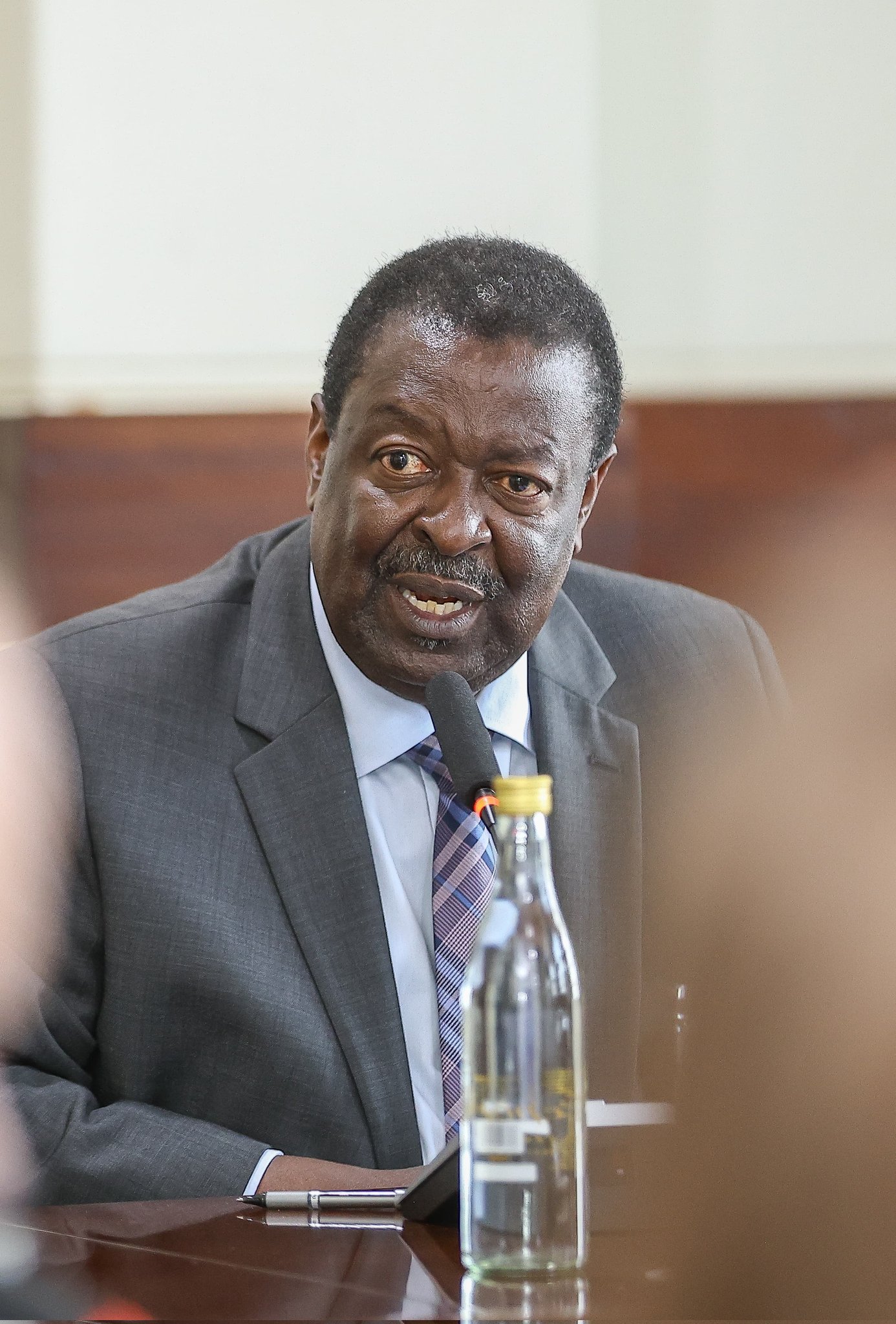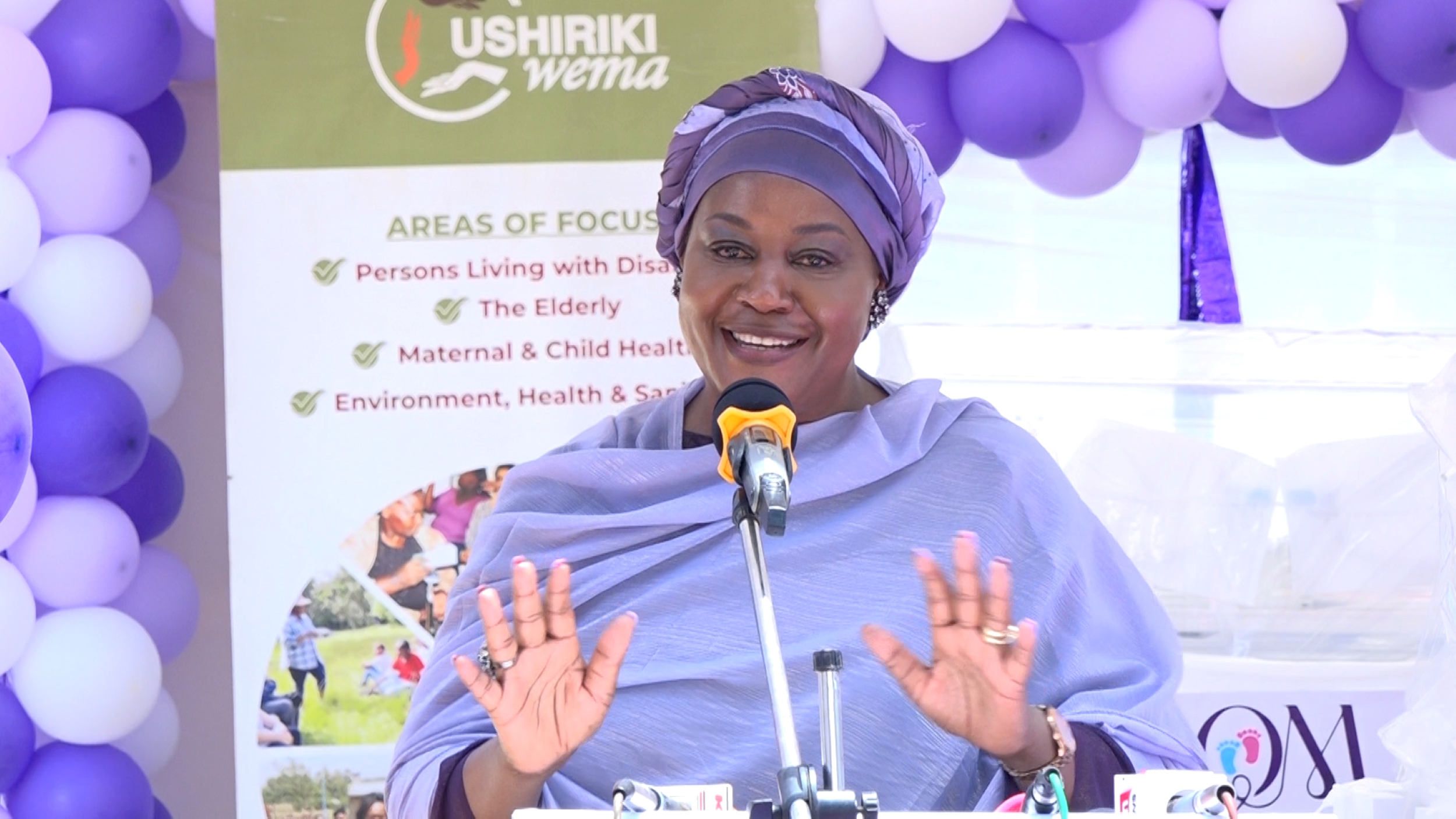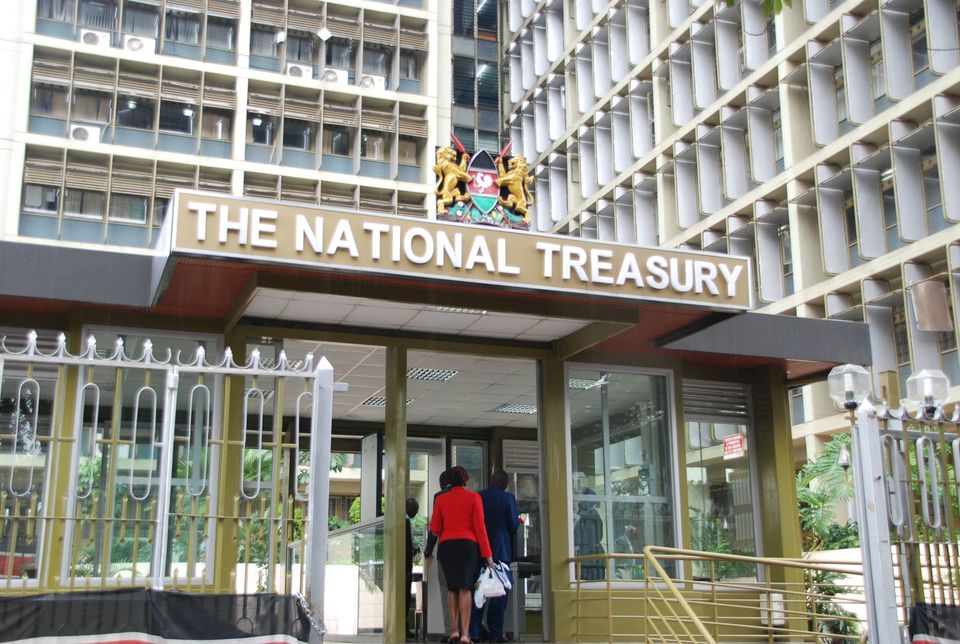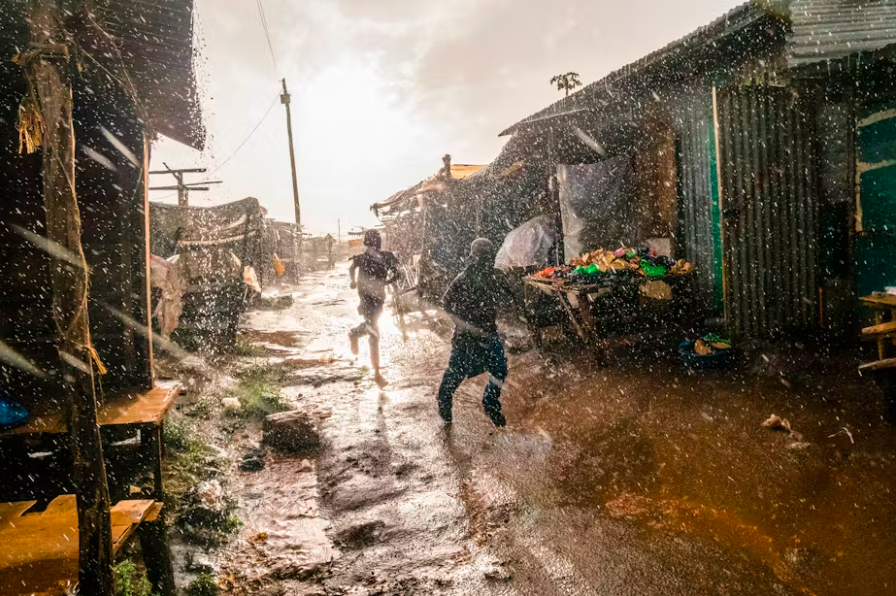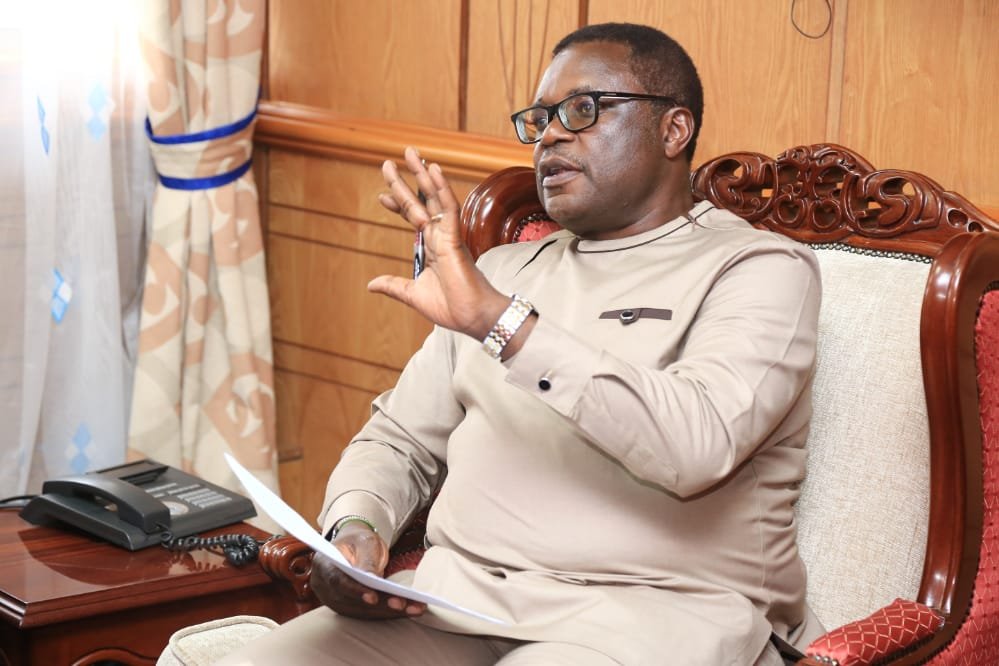While the country moves to alert level 1 at midnight after weathering the Covid-19 storm, there is still a threat of a second wave of infection if precaution is not heeded.
President Cyril Ramaphosa, in his national address this week, said the country had “withstood the storm” in its fight against the coronavirus and data showed a downward trend.
However, he cautioned the country was still in the midst of a deadly epidemic and the most important task was ensuring it was not hit by a second wave of infections like other nations.
Speaking to the Sunday Tribune, Professor Salim Abdool Karim, clinical infectious diseases epidemiologist and chairperson of the ministerial advisory committee on Covid-19, said while lockdown level 1 meant progress was being made, letting down our guard would allow for additional surges.
“We could not just stop lockdown, it would be too dangerous. We have not reached the threshold for low transmissions though cases are dropping. The threshold would require about 580 new confirmed cases per day,” he said.
Karim said the move to level 1 was to allow the economy to breathe, while essential regulations were contained.
“We have to keep preventative measures like hand hygiene, wearing masks and social distancing. We also need to regulate super-spreading events like spectator sports, religious and social gatherings. Controls also have to be in place for international travel as that is how our Covid-19 journey began.”
He said once the National State of Disaster ended there was no way to enforce regulations since the rules were in the Disaster Management Act and the government would have to come up with other means to enforce the regulations. The National State of Disaster was expected to end on October 15.
Business would open up almost completely next week but months of lockdown left the economy in tatters.
Ramaphosa said the government made strides to plot a way forward and was out of the worst of the economic turmoil. The National Economic Development and Labour Council (Nedlac) has agreed to an economic recovery action plan.
“The social partners at Nedlac have made tremendous progress on an ambitious social compact for economic recovery,” said Ramaphosa.
The plan will be overseen by a presidential working committee chaired by the president. Leaders from business, labour and civil society will meet monthly about the plan centred on employment growth. The government has earmarked R500billion for various interventions to keep the economy afloat. These include special unemployment insurance fund payments that have been extended by another month.
“The UIF benefit was extended until the end of the national state of disaster to ensure workers and companies whose income remains at risk can continue to be supported,” he said.
But economist Professor Bonke Dumisa said while he supported the concept of an action plan he was concerned about its implementation.
“The issue of an action plan has been spoken about for ages and while I am all for it I am worried about those at Nedlac with their own agendas who have not come to terms with the fact that money does not grow on trees,” he said.
Dumisa said the US was able to inject trillions of dollars into its economic stimulus but South Africa did not have that luxury.
“We are facing the possibility of high unemployment rates and a sovereign debt crisis. Twenty-one cents of every rand paid to the government goes towards paying debt so we cannot be accruing additional debts due to hidden agendas and emotional reasoning.”
Some of the eased restrictions included gatherings up to a maximum of 250 people for indoor and 500 people for outdoor gatherings. International travel for business and leisure would be open from October 1 subject to containment measures, with flying restricted to OR Tambo, King Shaka and Cape Town international airports.
Ramaphosa said this would be the new normal.
Source: IOL



